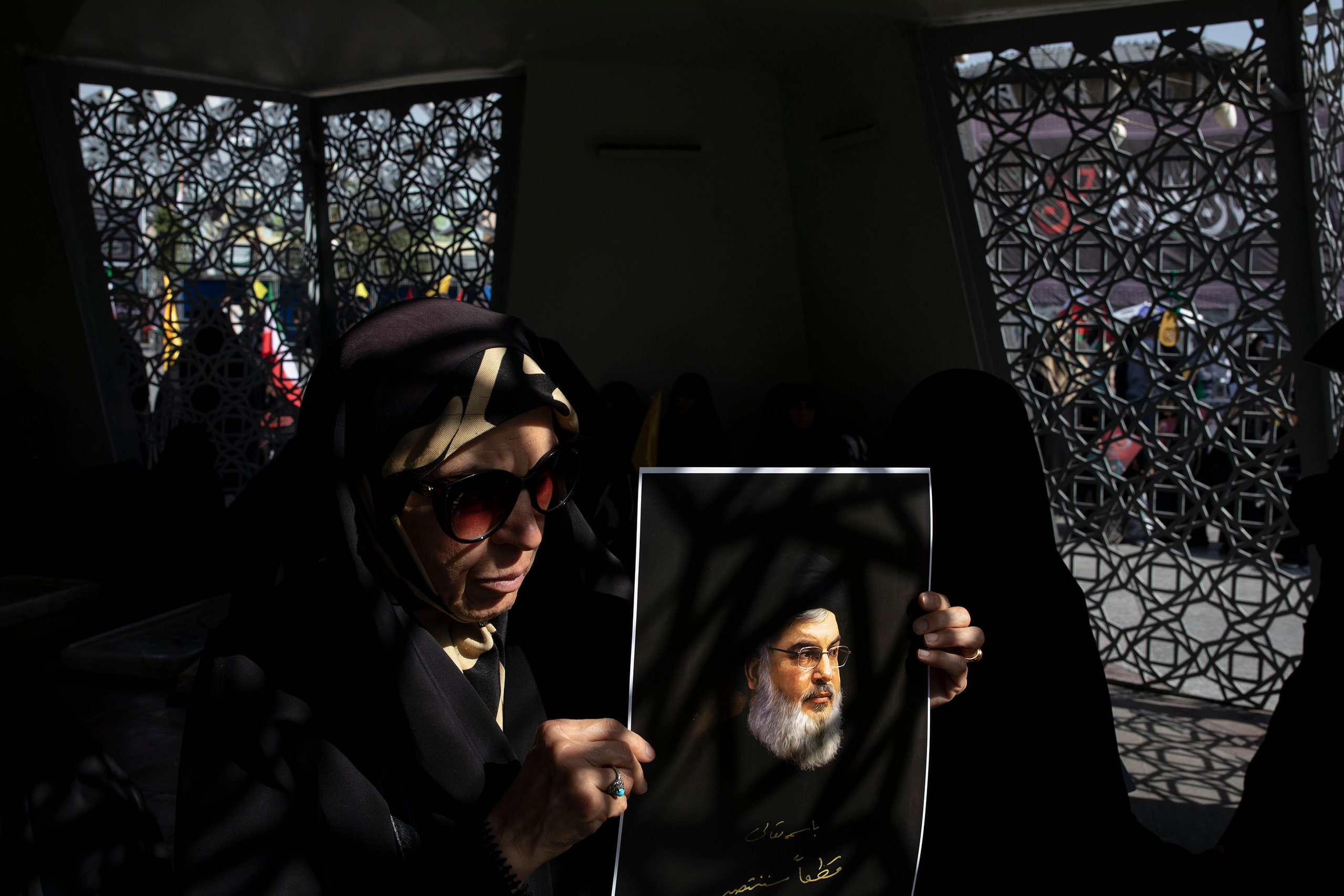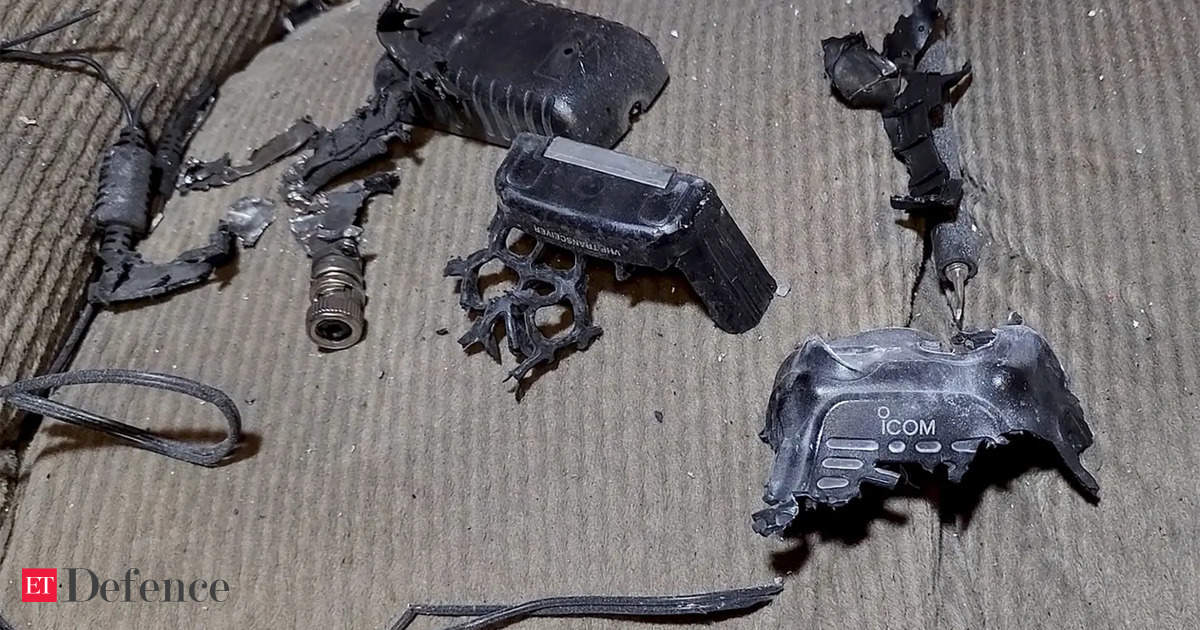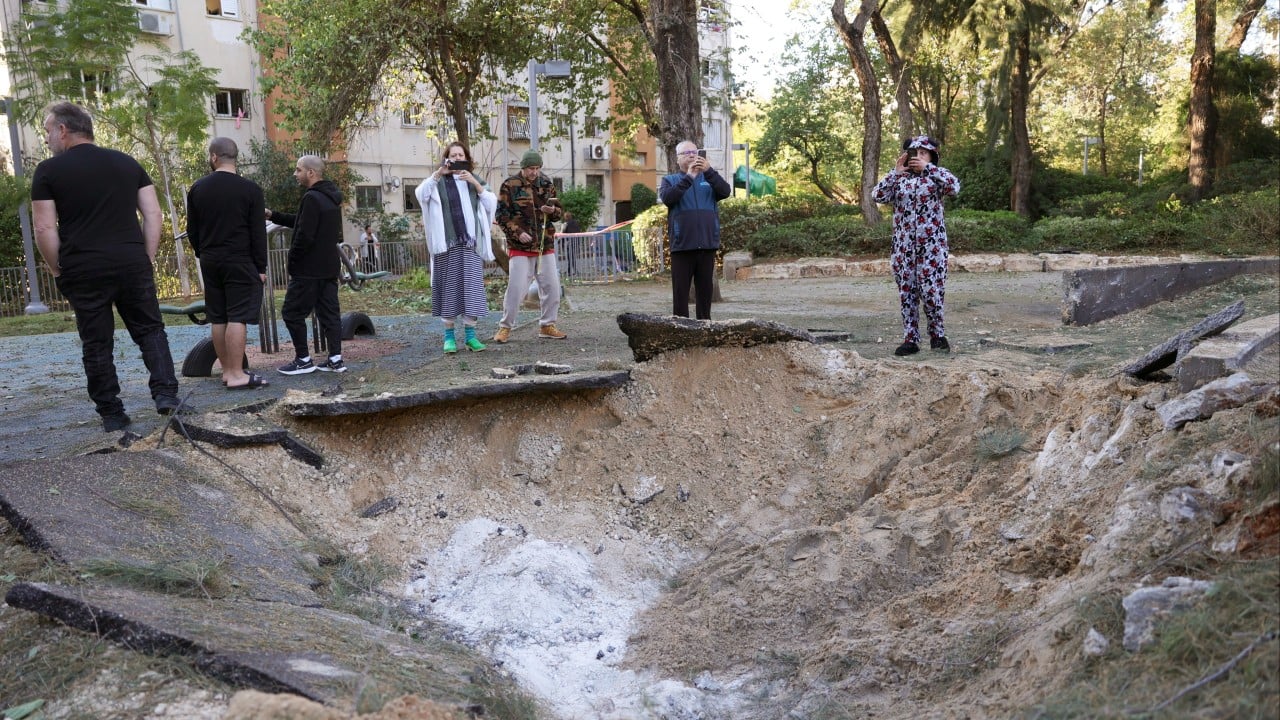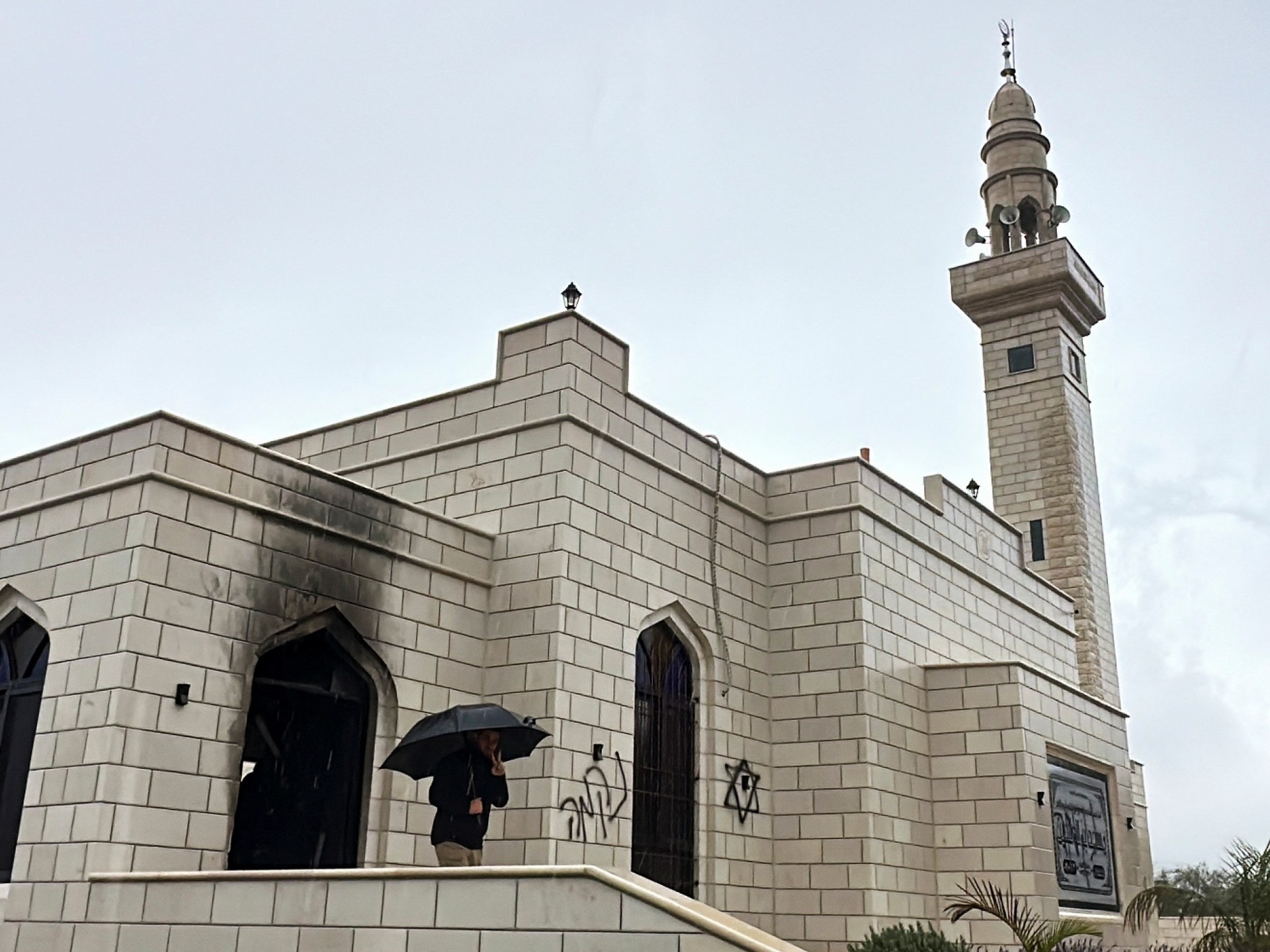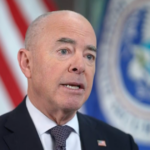D.I.A. Analysis: Resilience of Terror Networks Despite Leadership Losses
Almost two decades ago, a classified analysis by the Defense Intelligence Agency warned that global terrorist attacks masterminded by Abu Musab al-Zarqawi, the leader of Al Qaeda in Iraq, would continue—even if he were captured or killed. “Network has proven adaptability and resiliency,” the D.I.A. reported in its outlook for 2005. Zarqawi, it noted, had already carried out more high-profile attacks in Iraq alone—including personally beheading American hostages—than Osama bin Laden had orchestrated worldwide. In 2006, a U.S. air strike killed Zarqawi in a safe house in an Iraqi palm-tree forest, in what President George W. Bush called “a severe blow to Al Qaeda.” He went on, “It’s a victory in the global war on terror, and it is an opportunity for Iraq’s new government to turn the tide of this struggle.” The movement began to fade into obscurity.
Evolution of ISIS and Ongoing U.S. Military Presence
Yet the remnants evolved into ISIS, which attracted tens of thousands of fighters who seized a third of both Iraq and Syria in 2014. They established a caliphate, ruling more than eight million people, that lasted for almost five years. U.S. troops, who deployed to Iraq and Syria in 2014, are still there to contain underground cells carrying out bombings, kidnappings, and assassinations. In September, two U.S. air strikes killed thirty-seven ISIS and ISIS-affiliated fighters in Syria.
Terrorist Regeneration: Lessons from U.S. Military Engagements
The tendency for terrorist movements targeted by the U.S. to regenerate after major military setbacks, even after their leaders have been killed, has been an enduring pattern for the past four American Presidents. Their track record in the Middle East provides a chilling warning for the wider region, where, in recent months, Israel has assassinated eight of the top military and political leaders of Hamas and Hezbollah. Ryan Crocker, a former U.S. Ambassador to Lebanon, Syria, Iraq, Afghanistan, Pakistan, and Kuwait, warned, “Defeat can only be defined by the party that is ostensibly defeated, not by the presumed victor. If one feels defeated, one is defeated. If not, one fights on.” Nothing in the current conflict, he added, indicates that either Hamas or Hezbollah—or its Iranian sponsors—feel defeated.
You may be interested
Israel is now heady about its military progress. Until recently, the war in Gaza had dragged on for months and the shadow war with Hezbollah for decades. A huge new graffiti mural on a wall in Tel Aviv depicts Yahya Sinwar, the Hamas leader, as a giant rat. “GAME OVER,” it boasts on the side. Israelis danced in the streets after an air strike killed Hassan Nasrallah, the long-evasive political leader of Hezbollah. Over a loudspeaker, a lifeguard announced to beachgoers, “With happiness, joy and cheer, we announce officially that the rat Hassan Nasrallah was assassinated.”
The Dangers of Triumphalisme in Counterterrorism Strategy
This “triumphalism” is not a sustainable strategy for the twenty-first century, Paul Salem, who is based in Beirut as a vice president of the Middle East Institute, told me. Eliminating the leadership of its enemies is kind of a Pyrrhic victory, he said, because the military campaigns have only “raised the walls of hatred” and fuelled greater extremism “as an attitude” among both Israelis and Arabs region-wide. Unless Israel offers a sustainable plan that provides Palestinians with a formal political space in exchange for security, the danger of escalation increases.
The pattern—and the folly of prematurely boasting about “successful” assassinations leading to the demise of long-standing movements—is well documented. In 2011, a daring Special Forces raid killed bin Laden, a decade after the Saudi-born leader of Al Qaeda orchestrated the 9/11 attacks on the World Trade Center and the Pentagon. President Barack Obama, in announcing bin Laden’s death, described the “great strides” that had been made in American counterterrorism operations, including the ouster of the Taliban government in Afghanistan.
Taliban’s Return and the Resilience of Terrorist Movements
Yet the Taliban has been back in power since 2021, after forcing the collapse of the U.S.-backed government in Kabul. And this year the U.N. reported that the Taliban is, once again, aiding and abetting Al Qaeda, which now runs eight training camps and five madrassas in Afghanistan.
Short-term disarray following the decapitation of a movement’s leader is “almost a given,” Hassan Hassan, the co-author of “ISIS: Inside the Army of Terror,” told me. It undermines the movement “tactically, strategically, ideologically and symbolically. Charisma for these groups is often as instrumental as sophisticated weapons.” But the “confusion, ideological schisms, and weakened operational capacity” in the immediate aftermath can also lead to “long-term transformation.”
In 2019, President Donald Trump heralded the death of Abu Bakr al-Baghdadi, the founder and leader of ISIS, when the Iraqi-born militant set off a suicide vest during a U.S. military raid on his remote hiding place in Syria. Former Defense Secretary Mike Esper said, “When you take out a leader like that, it’s going to have a major impact on the organization.”
Five years later, however, the U.S. intelligence community provided a stark warning in its most recent threat assessment. Though Al Qaeda is at an “operational nadir” in Afghanistan and Pakistan, and ISIS has “suffered cascading leadership losses” in Iraq and Syria, their regional affiliates “will continue to expand.” Neither is finished. Both have spawned deadly franchises in Africa, the Middle East, and South Asia.
The Impact of Targeted Killings on Extremism and Instability
Khalil Shikaki, the Palestinian political scientist and pollster, who teaches at Brandeis, told me that killing adversarial leaders provides “temporary satisfaction” but is “unlikely to weaken groups” that have public support. The current trajectory—of deepening polarization rather than reconciliation—will “probably help empower extremists in Israel and among Palestinians and other Arabs,” he said. After Israel released drone footage of Sinwar’s final moments—injured and trapped in a tatty, dust-covered armchair—the Hamas leader was widely hailed in the Arab world as a “martyr.” An image of him sitting in the chair went viral. Militancy is particularly likely to endure “when it is not accompanied by political changes that can provide a path of conflict resolution,” Shikaki told me. The Middle East now faces greater instability—and the potential for a regional war—that could, in the worst-case scenario, draw in the U.S., Russia, and China, with a rippling impact on the world economy, he said.
Similar trends have played out for years across the Middle East. In 2020, a U.S. air strike assassinated General Qassem Suleimani, the head of the Revolutionary Guard’s élite Quds Force, during a trip to Baghdad. Suleimani coördinated Iran’s Axis of Resistance, including large militias in Lebanon, Syria, Iraq, Yemen, and Gaza. The strike also killed Abu Mahdi al-Muhandis, the leader of Kata’ib Hezbollah, the deadliest militia in Iraq, who had greeted Suleimani at the Baghdad airport. After Trump announced that the strike had been carried out, he vowed to keep taking “whatever action is necessary.”
Yet the 2024 U.S. intelligence assessment concluded that Tehran continues to arm and aid its network to threaten the United States and its allies—and will keep doing so well after the war in Gaza. On October 19th, two days after Sinwar’s death, Abbas Araghchi, Iran’s foreign minister, met in Istanbul with Hamas leaders, including candidates to replace Sinwar. And Kata’ib Hezbollah is now held responsible for more than a hundred attacks on U.S. forces in Iraq and Syria.
Despite the losses sustained in recent months, both Hamas and Hezbollah are likely to “bounce back” in some form, given that the grievances of the communities they represent will only deepen amid the physical devastation in Gaza and Lebanon, Joost Hiltermann, the Middle East program director for the International Crisis Group, told me. At the same time, more significant blows to Hamas and Hezbollah, which have been dominant political forces and provided essential social services for so long, could create dangerous vacuums. In Gaza, “no one will be able to provide security and governance to a near-starving population of 2.2 million,” he said. Criminal gangs are already growing there and in the West Bank. And in Lebanon “other militias may take advantage of the situation—perhaps assisted by outside powers—to try and remove Hezbollah from the domestic scene,” Hiltermann said.
Biden’s Remarks on Assassinations Amid Rising Casualties and Extremism
President Joe Biden has applauded the deaths of both Sinwar and Nasrallah. Sinwar’s assassination represented a “good day for the world” and opened up a new opportunity for peace, Biden said last week. Last month, he called Nasrallah’s assassination “a measure of justice” for his victims, including thousands of Americans, Israelis, and Lebanese. But Maha Yahya, director of the Middle East Center at the Carnegie Endowment for International Peace, noted that the “horrific levels of death and destruction” could sway public opinion. In Gaza, more than forty-two thousand people have died—the majority women and children—and more than sixty per cent of homes and buildings have been damaged. Thousands have died in Lebanon from Israeli air strikes, which have hit across the south, in Beirut, and the eastern Bekaa Valley. The aftermath is likely to increase recruitment for extremist groups or even produce new and more militant movements, Yahya warned.
Crocker, the former American Ambassador who is now chair in diplomacy and security at the RAND Corporation, was at the U.S. Embassy in Beirut when, in 1983, Hezbollah dispatched a suicide bomber who killed more than sixty people. Hezbollah has only grown since then, despite repeated setbacks, including, in 1992, the Israeli assassination of Nasrallah’s predecessor. “Hezbollah was born in an Israeli occupation of South Lebanon,” Crocker said. “It is hardly likely that it will be defeated by a similar occupation.”
This week, Secretary of State Antony Blinken is making his eleventh tour of the Middle East since the war in Gaza began. His mission is to revive long-deadlocked talks on a deal to free roughly a hundred hostages—at least a third of whom may be dead—held by Hamas, navigate disputed terms for a ceasefire, and generate more humanitarian aid for the Palestinians. Amos Hochstein, the U.S. special envoy negotiating with Lebanon, has also been in Beirut to deal with the Israel-Hezbollah tensions.
On the eve of a U.S. election, however, the prospects for progress on either front are dim, especially if Blinken only offers versions of the three-phase plan announced by President Biden in May, Dan Kurtzer, the former U.S. Ambassador to Israel and to Egypt, said. “Nothing has changed enough to buy into the old deal.” Kurtzer met with Khaled Mashal, a senior Hamas leader, in 2010. Today, it’s unrealistic to believe Hamas will wave a white flag, he told me.
Risks of Aligning with Netanyahu’s Military Strategy
The danger for the Biden Administration is embracing Prime Minister Benjamin Netanyahu’s belief that now is the time to deal decisively with their common enemy—Iran and its allies. “This is taking the notion of the tail wagging the dog to a new level,” Hiltermann warned. Other experts compared Netanyahu’s goal of creating a new regional order by military means to the Bush Administration’s pledge to use the war against Saddam Hussein in Iraq more than two decades ago to create a new Middle East. As Yahya said, “And look where we are today.”

